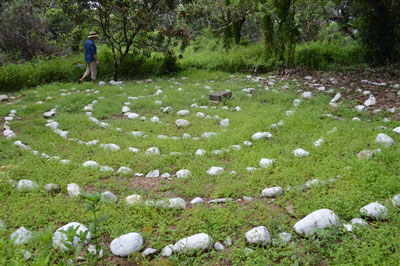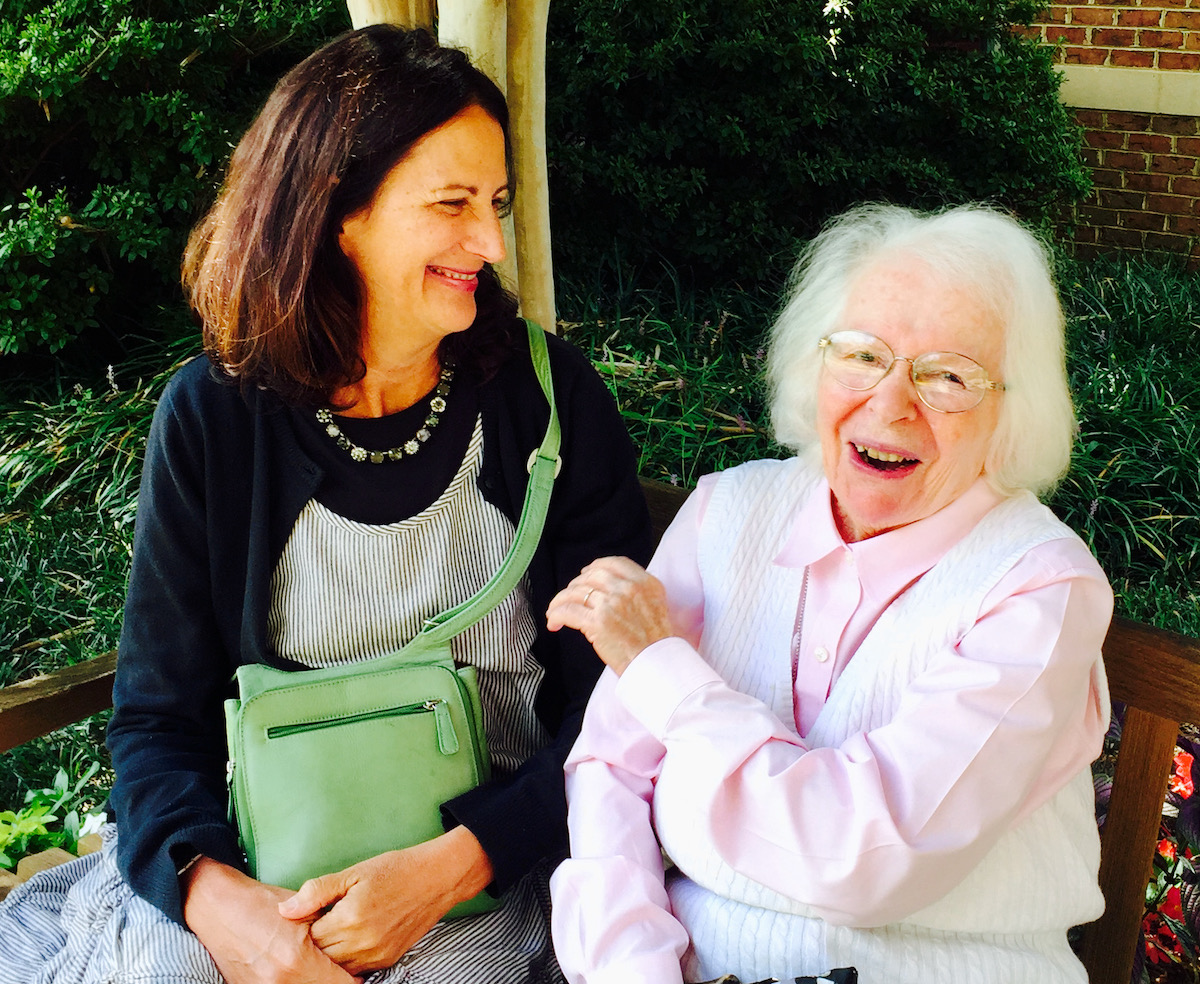“If we do not transform our pain, we will most assuredly transmit it” — Richard Rohr
When people ask me what my specialty is and I mention trauma they look at me as if wondering, “why would you want to dwell on that?” Certainly, when I was growing up and still prevalent today is the attitude that we should “move on” and somehow get past our traumatic experiences. This implies leaving them behind us. In fact, now we know that “what we resist, persists”. This is clearly expressed in the very definition of PTSD, when, following severe trauma, we are unable to move forward. The past is forever present in our daily lives through hypervigilance and anxiety (in one case) or in a lack of energy and depression in the other case. The bad news is that there is no way around what happened to us in the past and the good news is that these experiences can not only be healed but can be transformative. How exactly does that work? When we feel and metabolize our experiences, both in our memories and in our bodies, we have access to a deeper and wider breadth of human experience. Like working a muscle group in yoga to improve our range of motion, we can work to reclaim our emotional experience and gain access to a portal to the richest and most poignant of human suffering. How we handle trauma greatly influences the quality of our lives. As we lift the defenses we have against our suffering, so these defenses are lifted from our greatest experiences of joy and pleasure — our passion for life.

Another interesting thing happens as our trauma transforms. Our lifelong narratives (the stories we tell ourselves) change as well. How is that possible? What happened to us happened to us, right? Yet our perspectives and memories are selective and trauma-driven. As an example of this transformation, I had the privilege to do a session with Diane Poole Heller. It began as much of my work with recounting the traumatic day that my mother died. As she sat with me patiently and asked me to gently retrace my steps that day I assured Diane that I was all alone that day. After my mother died, my father and I went for a walk. My father told me about the secret of my mom’s cancer and all the lies he had told. He was proud. He had protected me. I did not feel protected – not one bit. It added to the pain of loss.
But then I remembered what happened next. We went to Bernice Green’s house. Bernice was my mother’s best friend. They shared a lot things, including daughters the same age and they had same first name, Bernice.
As I told the story of arriving at Bernice’s house, I remembered for the first time in forty-three years that Bernice had given me a big hug. I could now actually feel her arms around me and hear her distinct voice (she had a slight stutter), although I do not think she said much. She also made us dinner. We were not alone. I was not alone after all. I had a new narrative, a whole new way of holding this painful memory, one that included love, comfort, support, and protection.
To reinforce this new narrative, I contacted Bernice Green, then living in a nursing home, and was able to visit her just before she died. We talked about the day my mother died as if it was yesterday — a deeply shared experience for both of us.

Unfortunately, there are all kinds of trauma, such as sudden traumatic experiences or traumatic environments during our early and most crucial developmental years. I focus on developmental trauma and attachment. Having had early attachment ruptures myself I understand this kind of trauma “from the inside out”. Having spent the last eighteen years closely interacting with five grandchildren and having watched the crucial moments of attachment and developmental milestones, they have taught me as much as any of my training. There are big traumas and small traumas but what I have learned is that they are all big in the mysterious, alive nervous systems and complex body systems that are us.
If we do not engage with our trauma, we continually re-enact it. This is very sad to watch in my clients and in my own life. Our perceptive mind/body complexes cleverly search for scenarios that replicate not the actual traumatic circumstances but very similar templates of the traumatic energy and feelings. It is fascinating to watch this process and unwind lifelong patterns by making conscious these patterns and finally metabolizing the trauma they hold.
